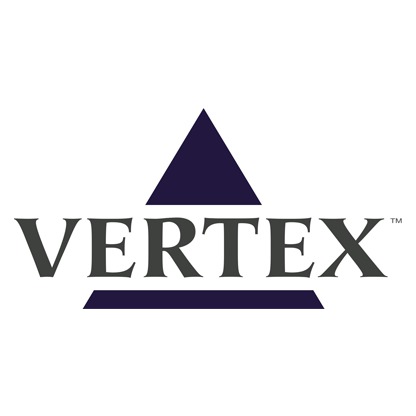
“The anticonvulsant effect of cannabinoid compound has been shown in various models of seizure. On the other hand, there are controversial findings about the role of large conductance calcium-activated potassium (BK) channels in the pathogenesis of epilepsy. Also, there is no data regarding the effect of co-administration of cannabinoid type 1 (CB1) receptor agonists and BK channels antagonists in the acute models of seizure in mice.
In this study, the effect of arachidonyl-2′-chloroethylamide (ACEA), a CB1 receptor agonist, and a BK channel antagonist, paxilline, either alone or in combination was investigated.
Both pentylenetetrazole (PTZ) and maximal electroshock (MES) acute models of seizure were used to evaluate the protective effects of drugs. Mice were randomly selected in different groups: (i) control group; (ii) groups that received different doses of either paxilline or ACEA; and (iii) groups that received combinations of ACEA and paxillin at different doses. In MES model, prevention of hindlimb tonic extension (HLTE) was considered as protective effect. In PTZ model, the required dose of PTZ (mg/kg) to induce tonic-clonic seizure with loss of righting reflex was considered as seizure threshold. In PTZ model, while administration of ACEA per se (5 and 10 mg/kg) caused protective effect against seizure; however, co-administration of ACEA and ineffective doses of paxilline attenuated the antiseizure effects of paxilline. In MES model, while pretreatment by ACEA showed protective effects against seizure; however, co-administration of paxilline and ACEA caused an antagonistic interaction for their antiseizure properties.
Our results showed a protective effect of ACEA in both PTZ and MES acute models of seizure. This effect was attenuated by co-administration with paxilline, suggesting the involvement of BK channels in antiseizure activity of ACEA.”








